Welcome to our comprehensive guide on the Class 10th Chapter 5 Pakistan Studies in Urdu solved notes for the Punjab Board.
This chapter delves into the rich and diverse history of Pakistan, its government, economy, social issues, foreign policy, and culture in Urdu.
Our notes are designed to be informative, user-friendly, and easy to read, providing a great user experience.
Class 10th Pakistan Studies Chapter 5: Solved Notes in Urdu For Punjab Board
To further assist your understanding of Class 10 Chapter 5, we have prepared detailed Pakistan Studies solved notes in Urdu. These notes cover all the topics of the chapter, including MCQs, exercises, short questions, and long questions in Urdu.
They are designed to provide you with comprehensive knowledge and practice to excel in your exams. The notes are in the form of images for easy viewing. You can find these invaluable resources in the following section.
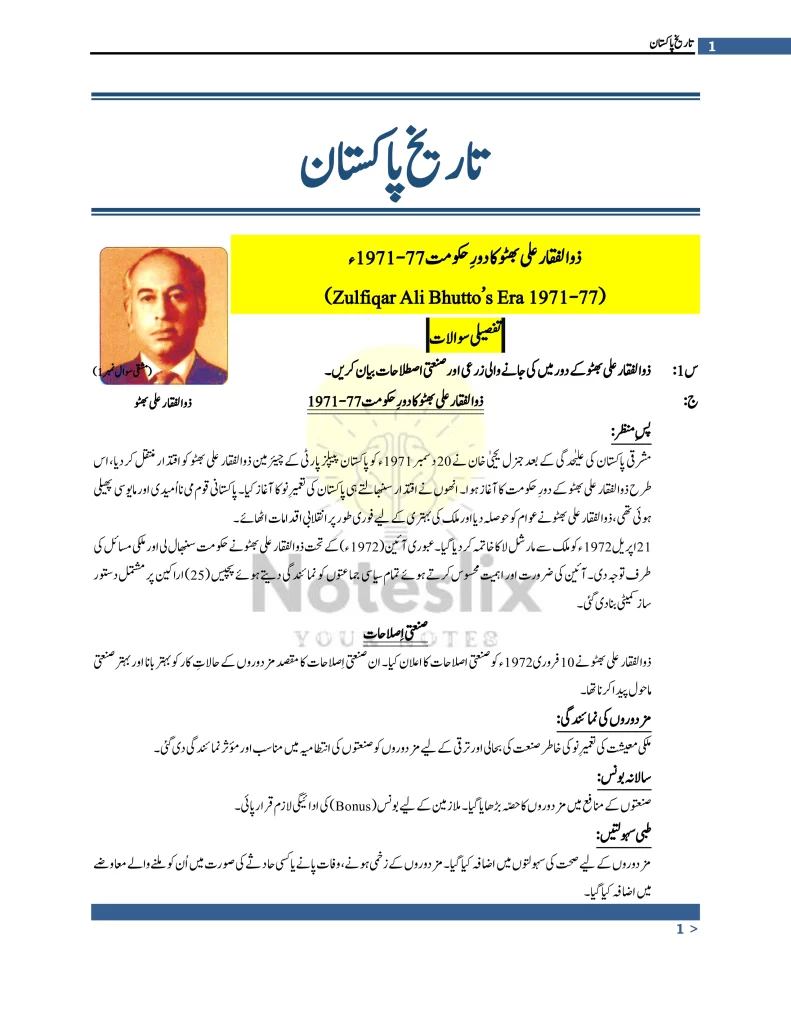
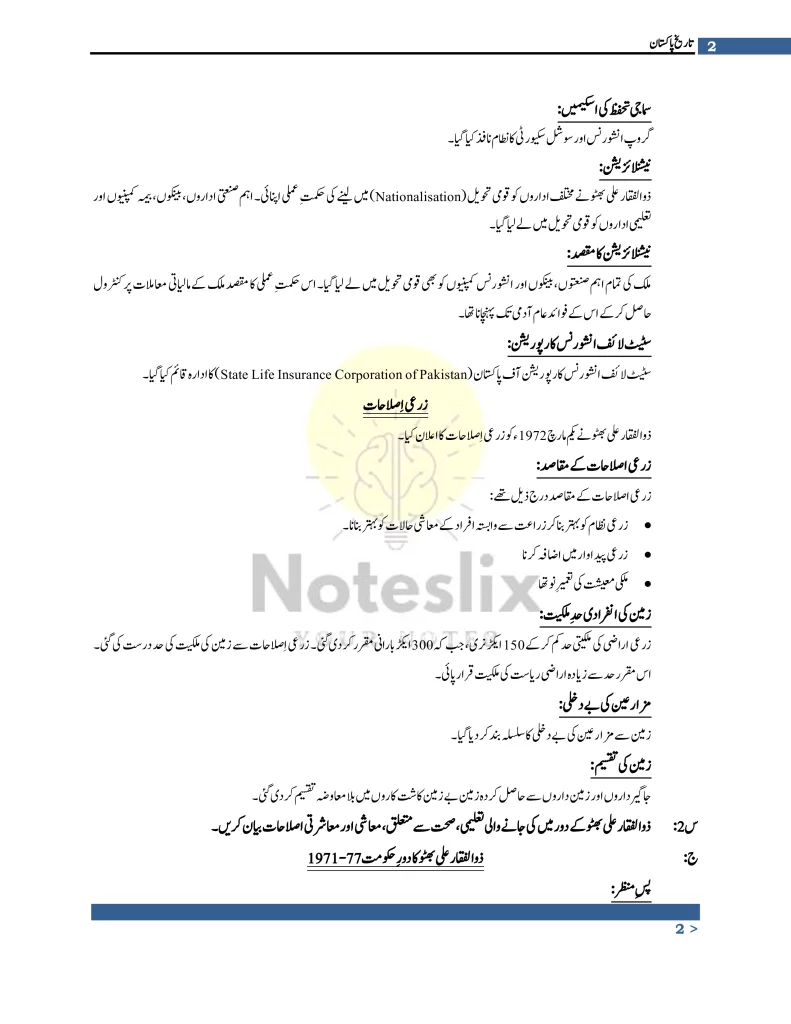


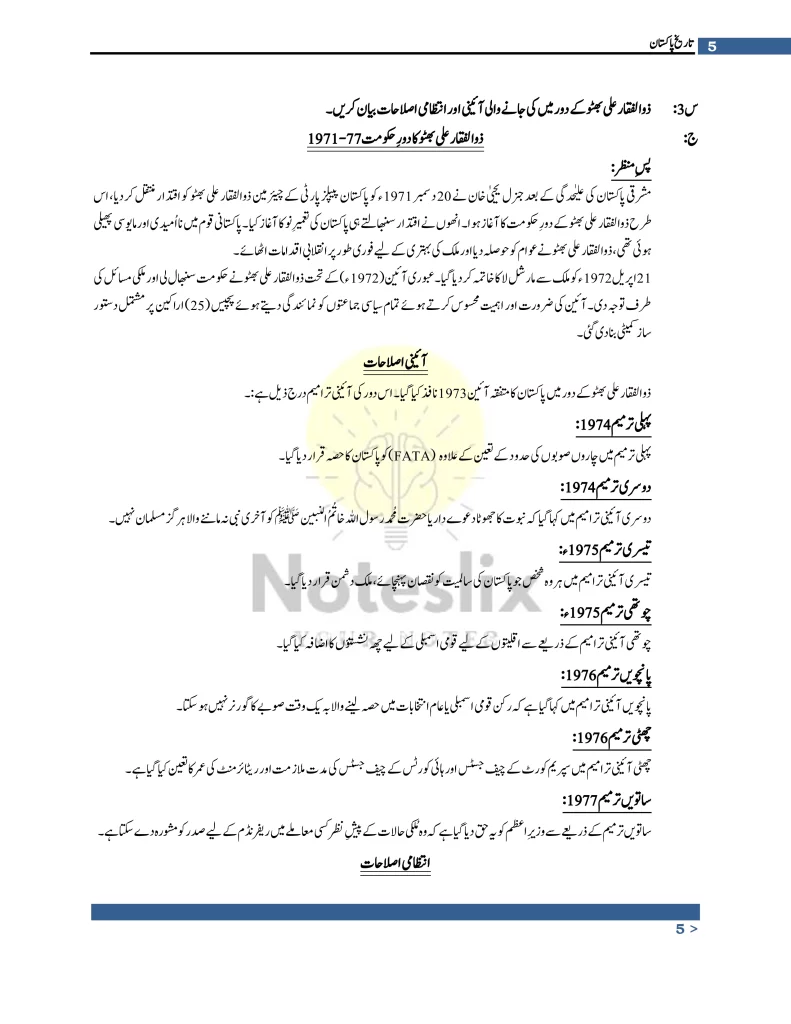
![[download] 10th Class Pak Studies Chapter 5 Solved Notes (Urdu) Punjab Board](https://noteslix.pk/wp-content/uploads/2024/02/aae1ca6e-9532-4971-839e-67da6d9aa6e5-0005-1-791x1024.webp)
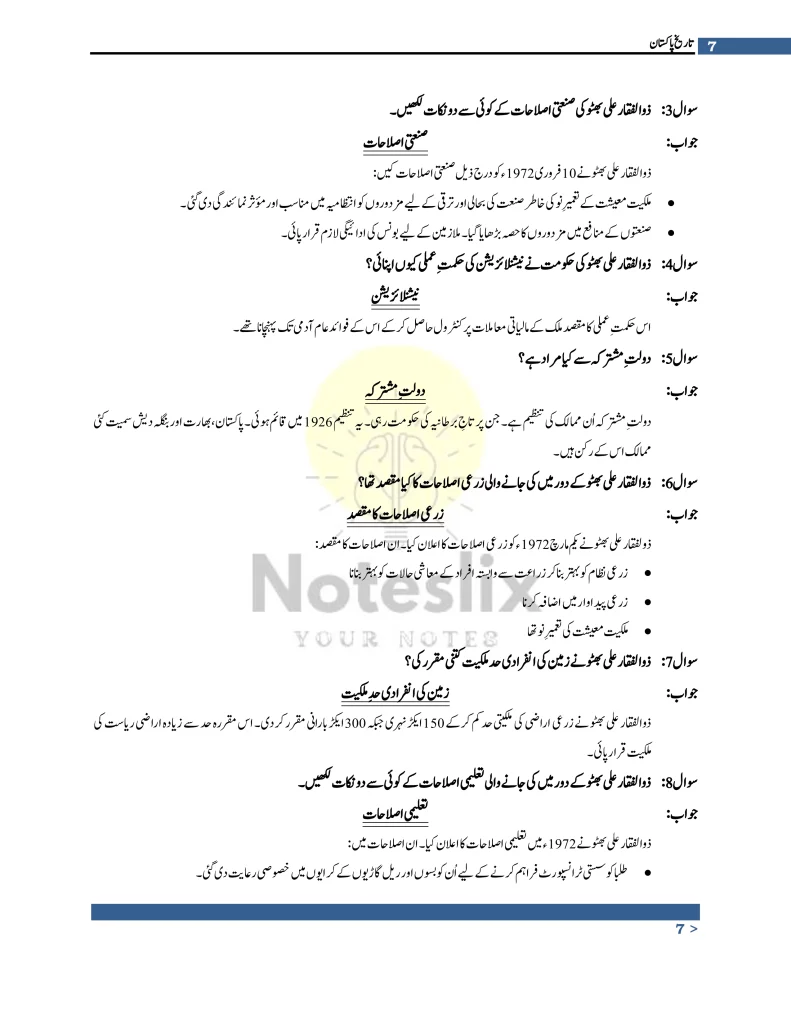
![[PDF] 10th Class Pak Studies Chapter 5 Handwritten Notes (Urdu) Punjab Board](https://noteslix.pk/wp-content/uploads/2024/02/aae1ca6e-9532-4971-839e-67da6d9aa6e5-0007-1-791x1024.webp)






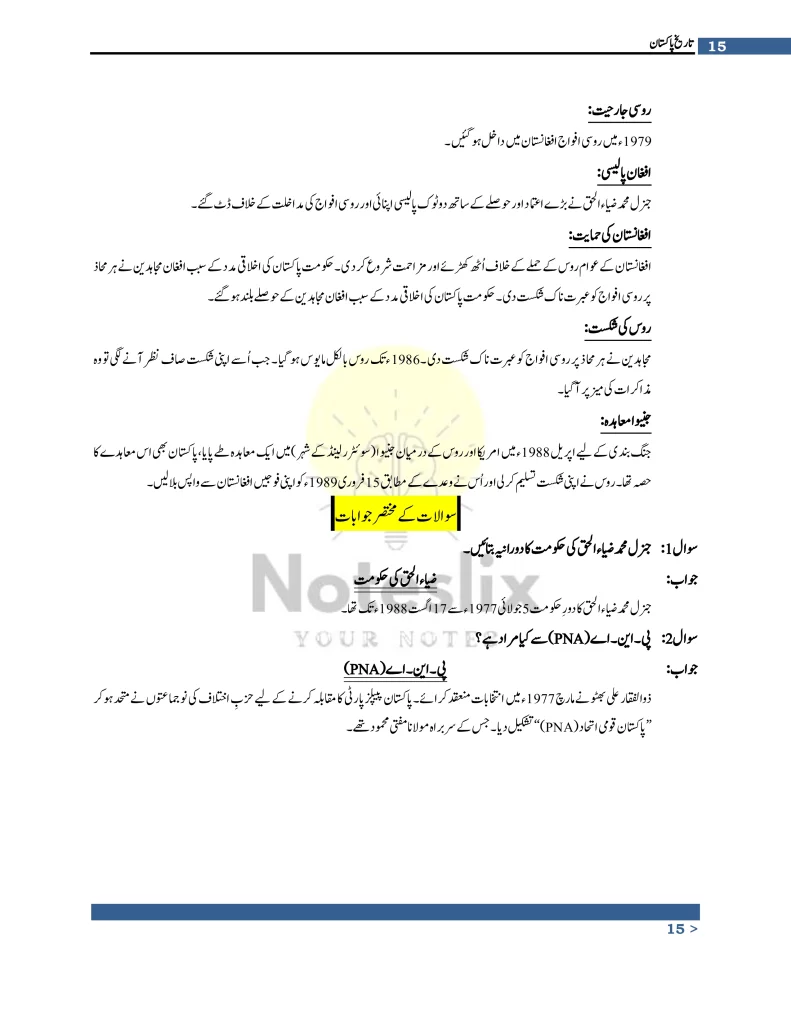



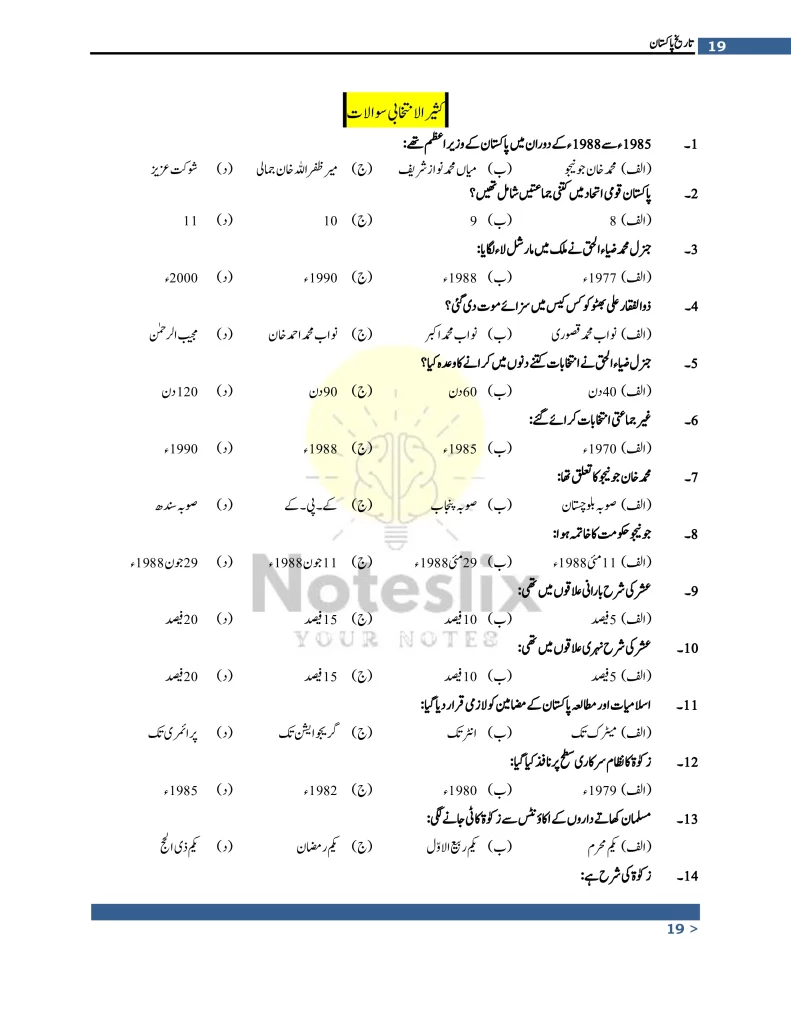
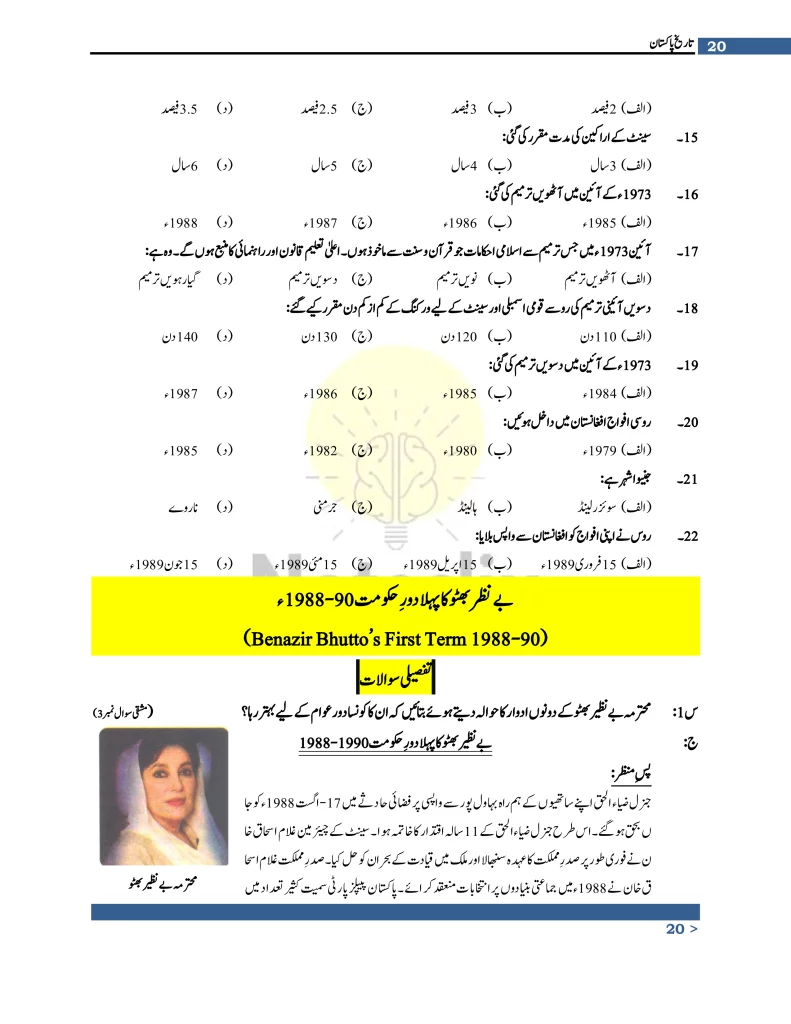
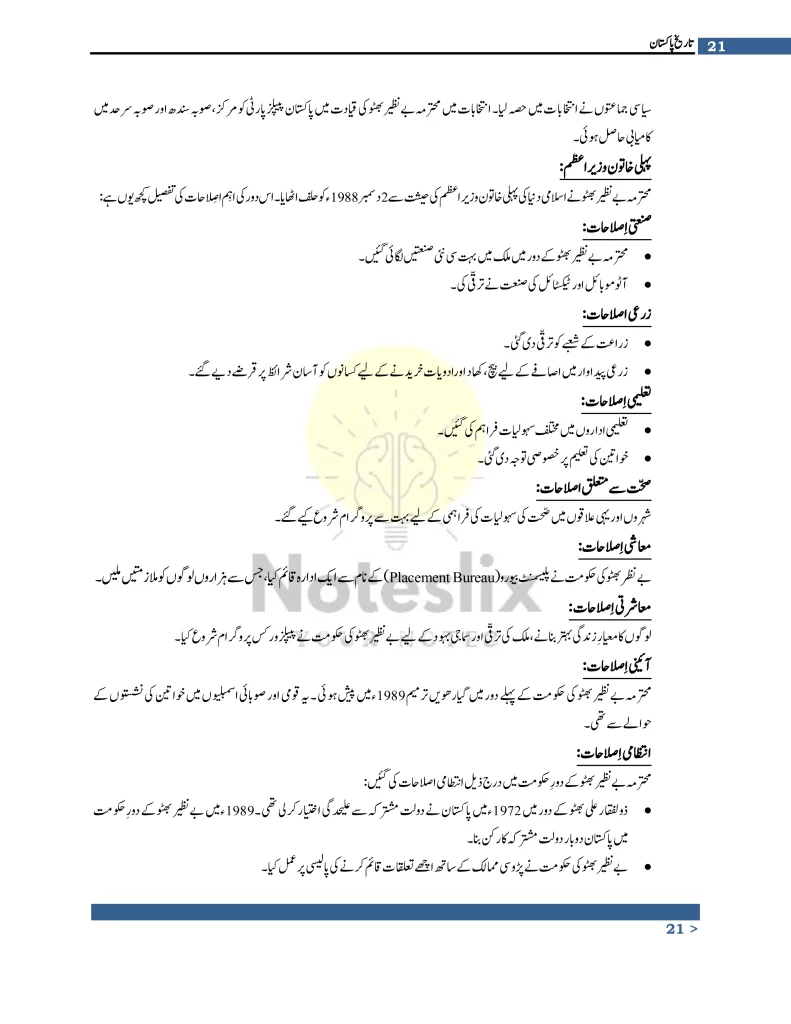



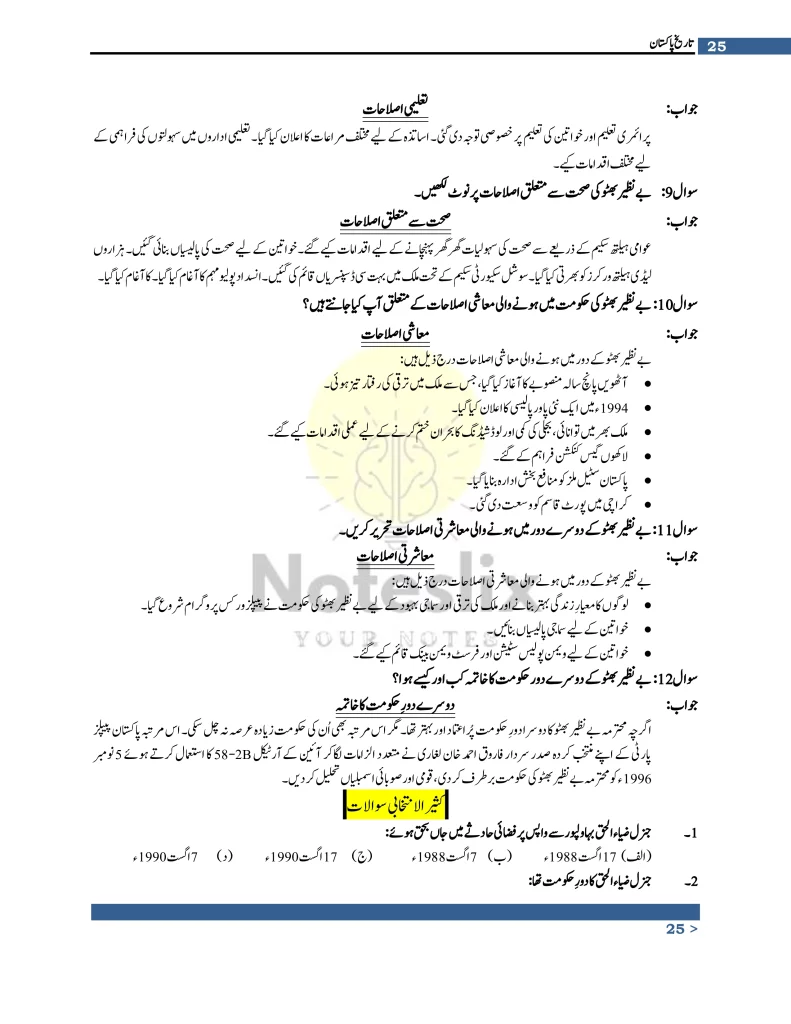
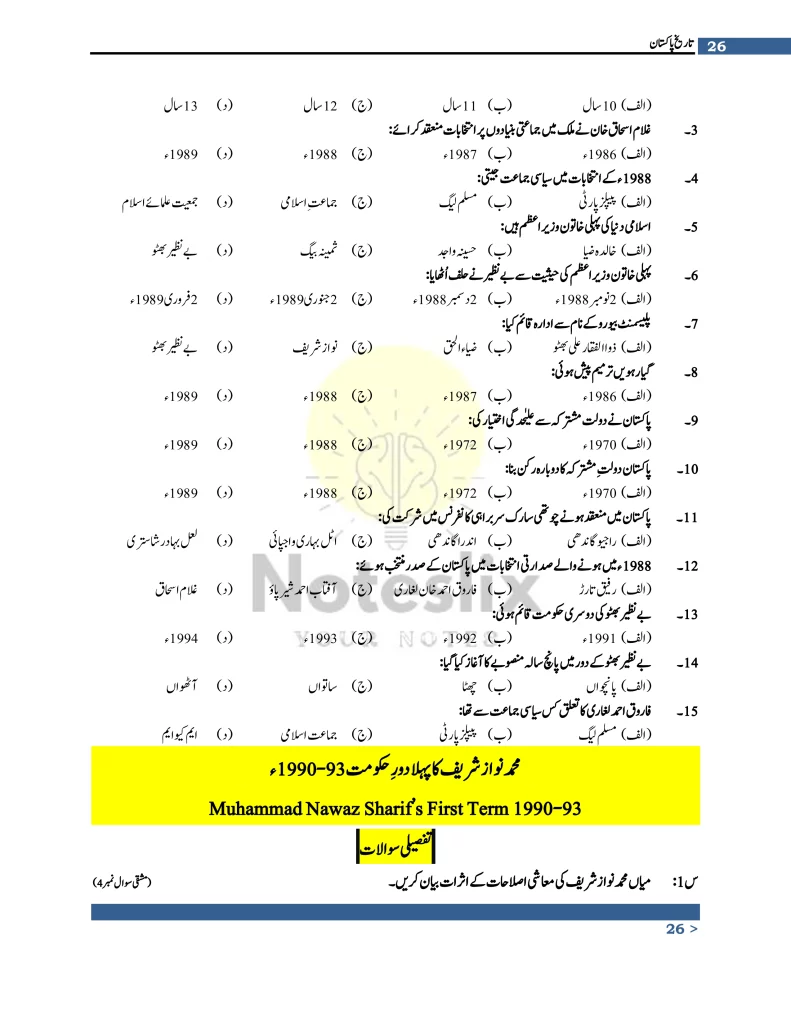



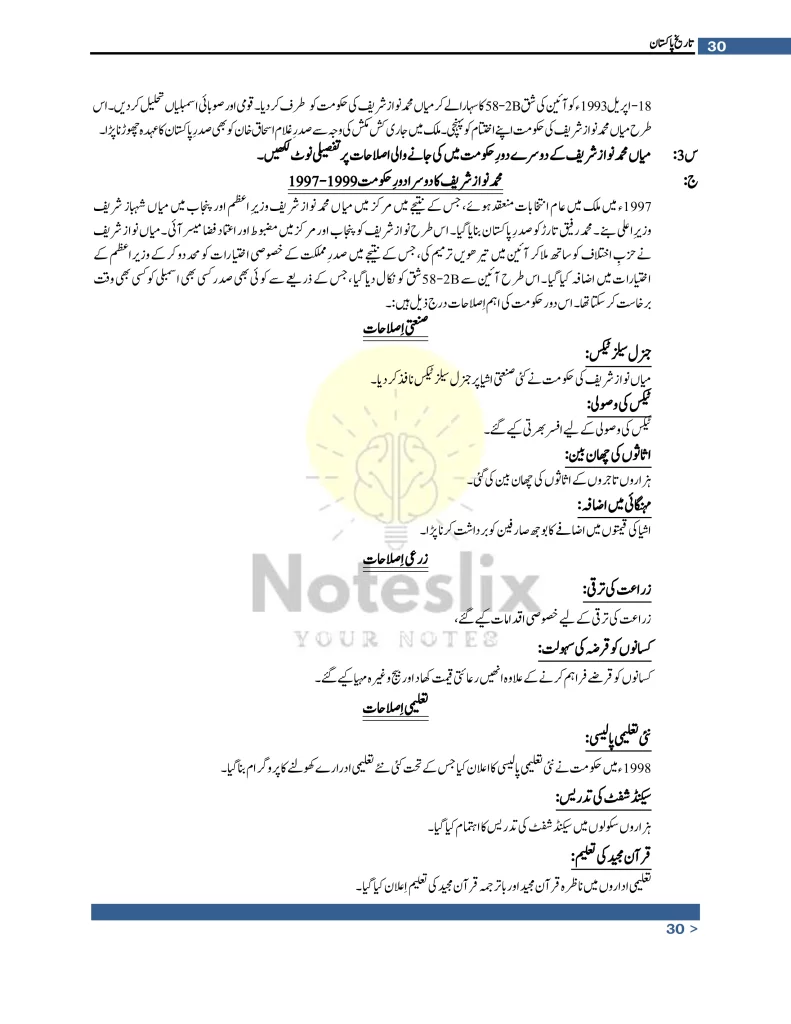
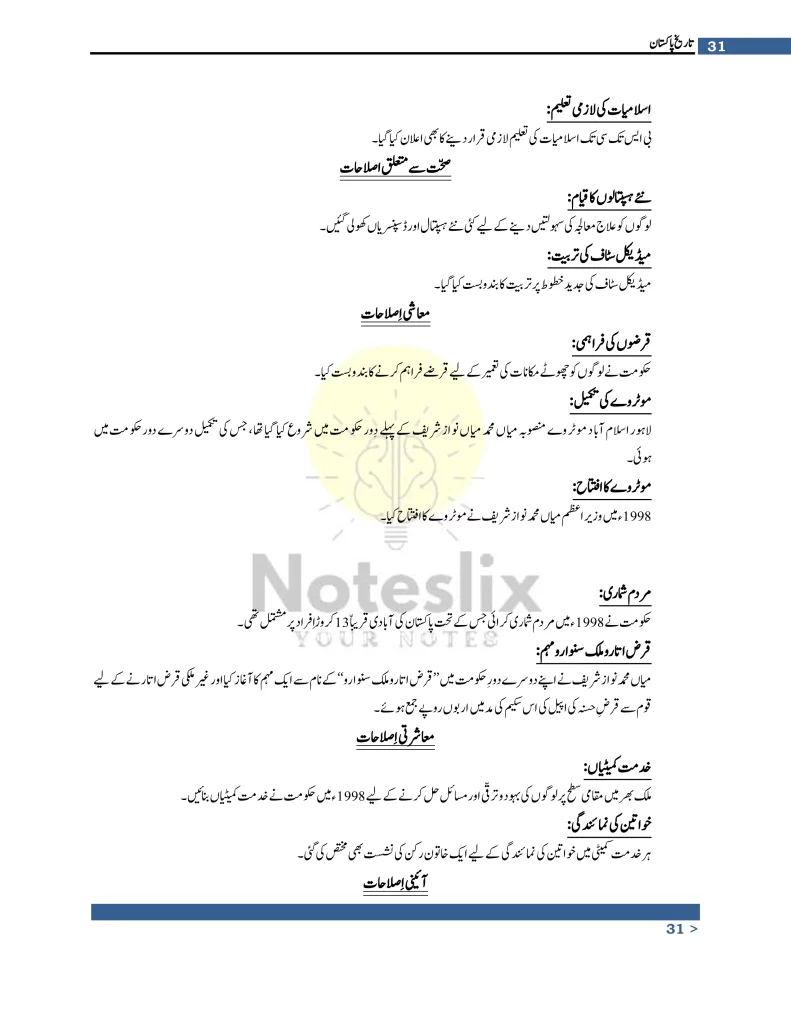
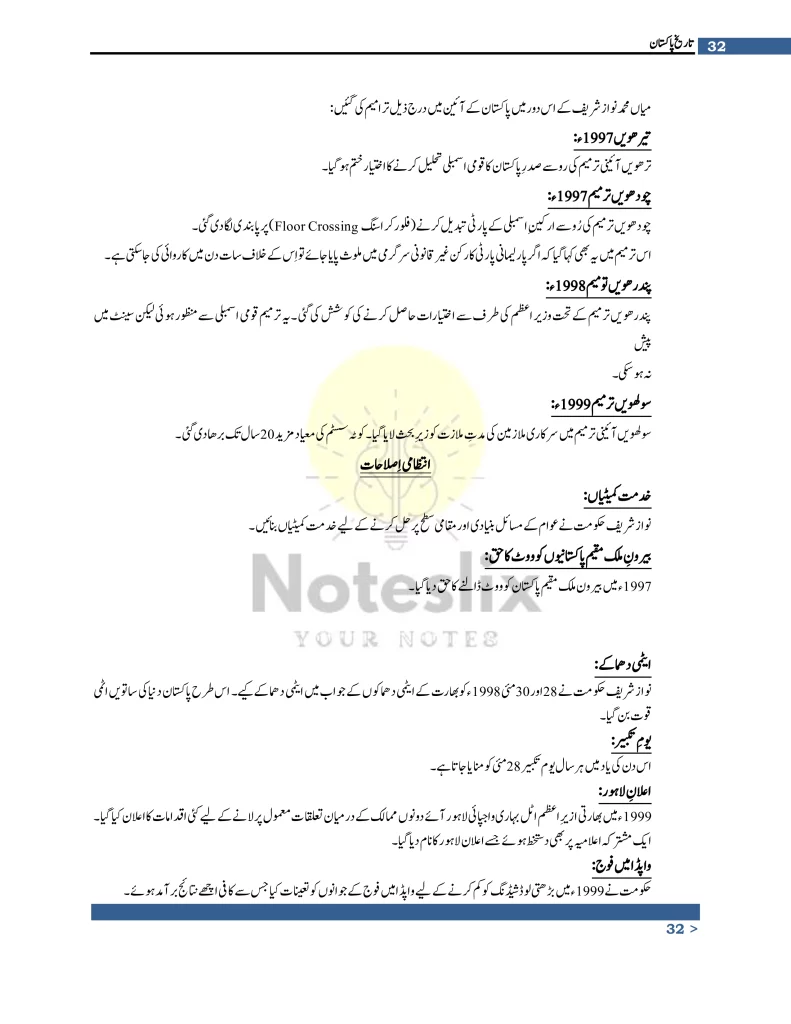

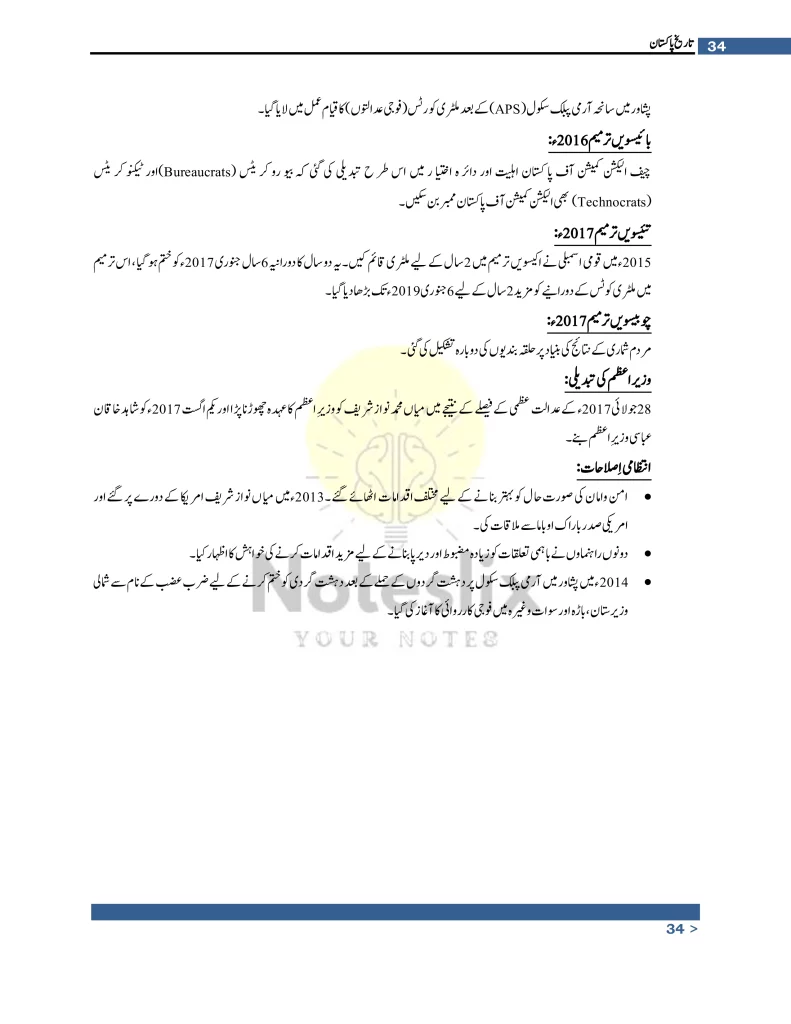
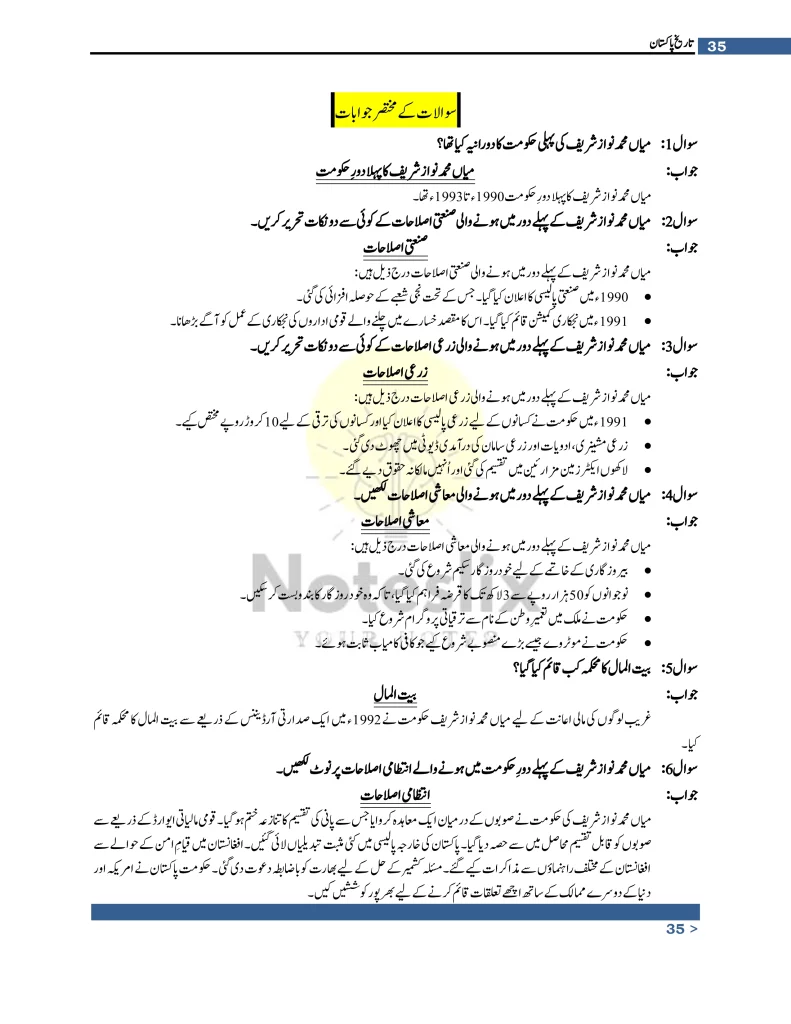
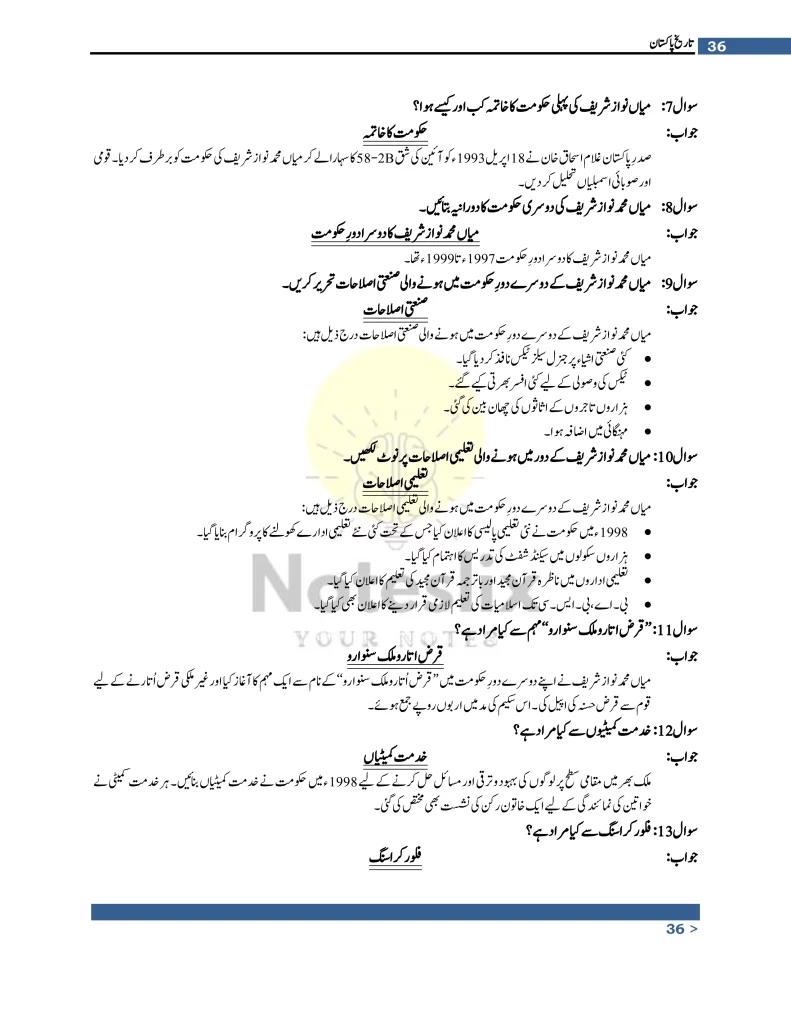

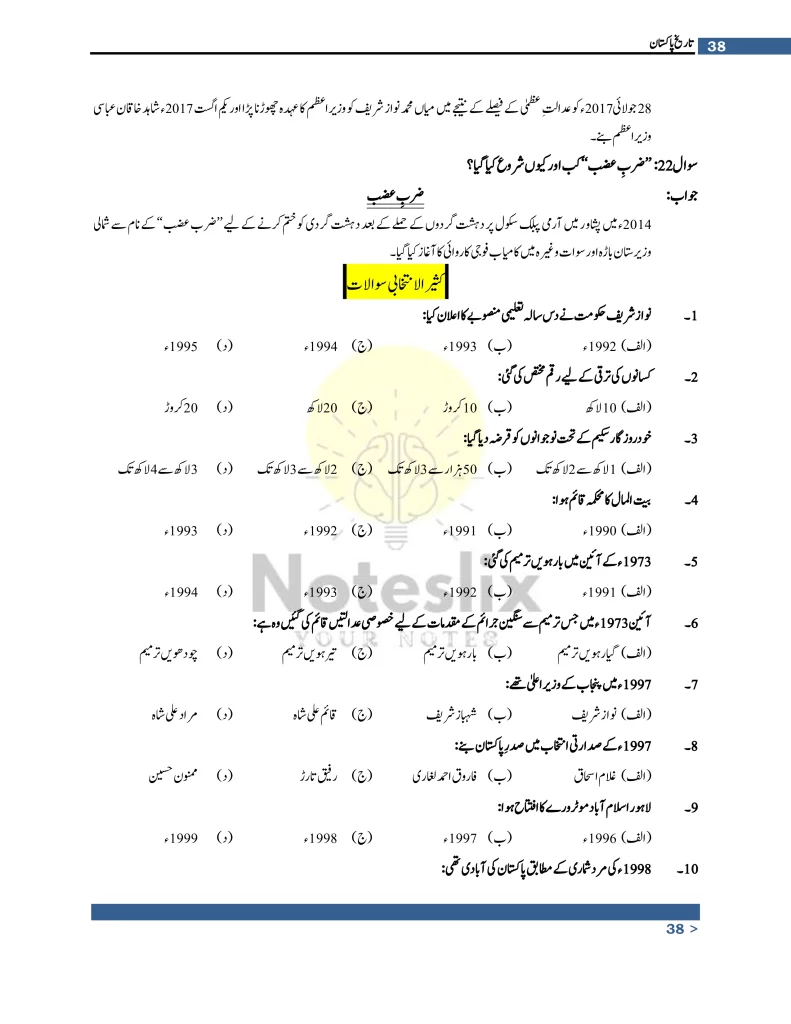

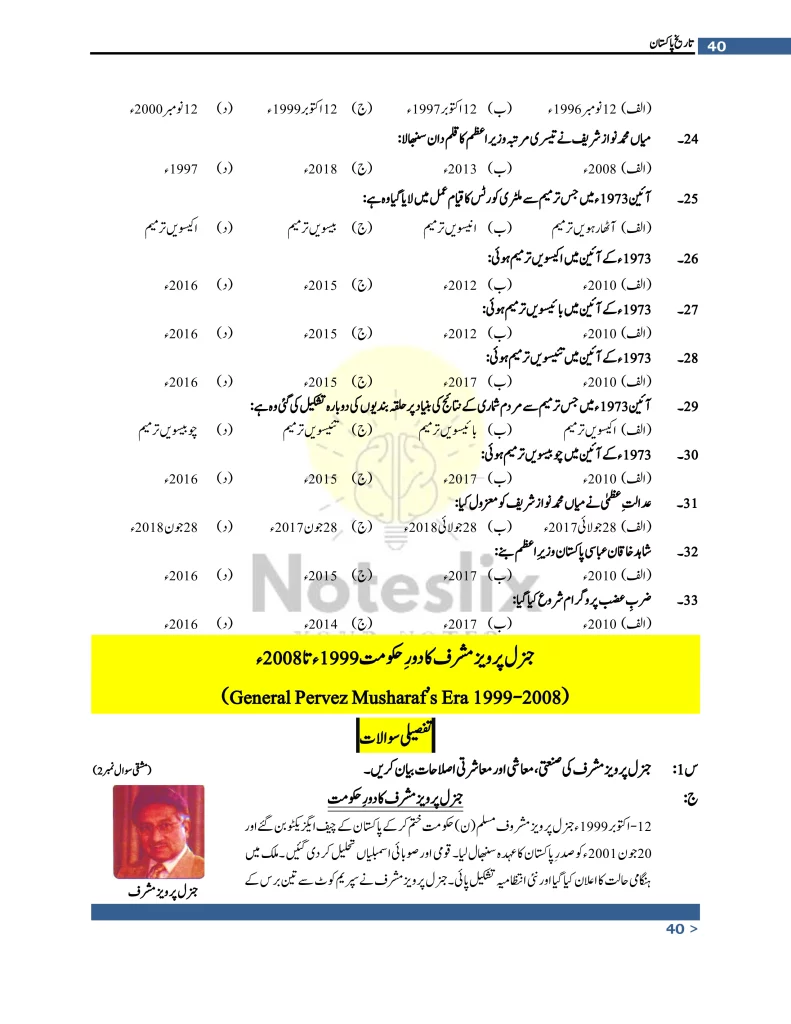
![[PDF] 10th Class Pak Studies Chapter 5 Handwritten Notes (Urdu) Punjab Board](https://noteslix.pk/wp-content/uploads/2024/02/aae1ca6e-9532-4971-839e-67da6d9aa6e5-0040-791x1024.webp)






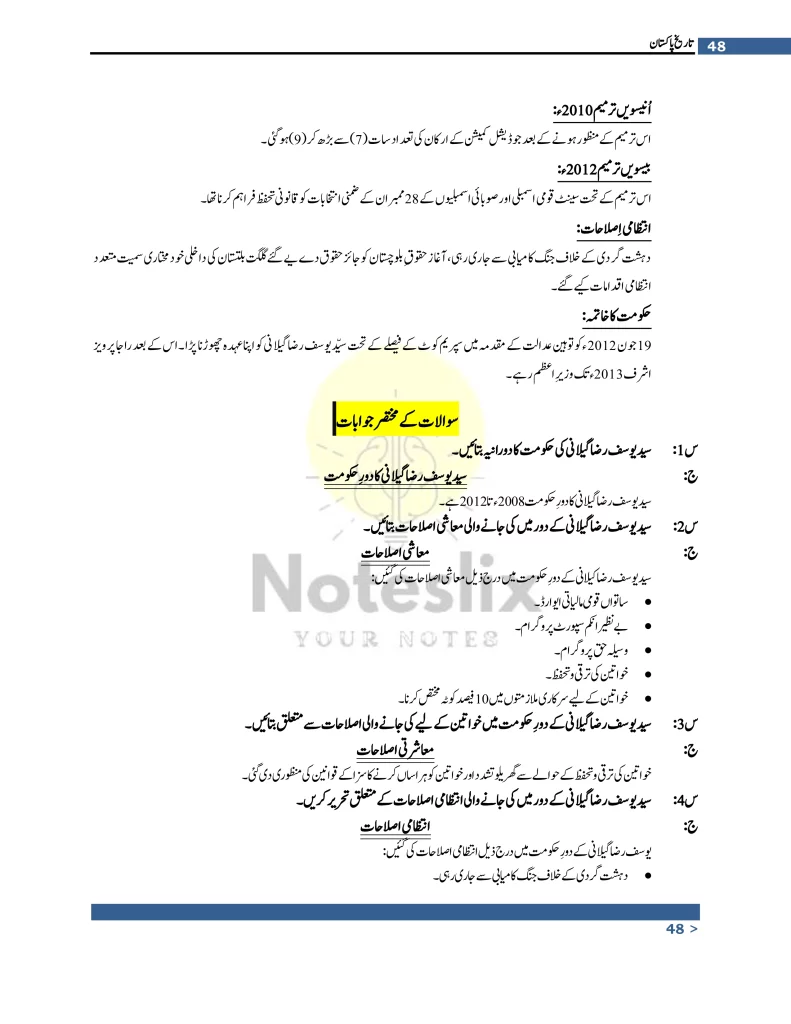

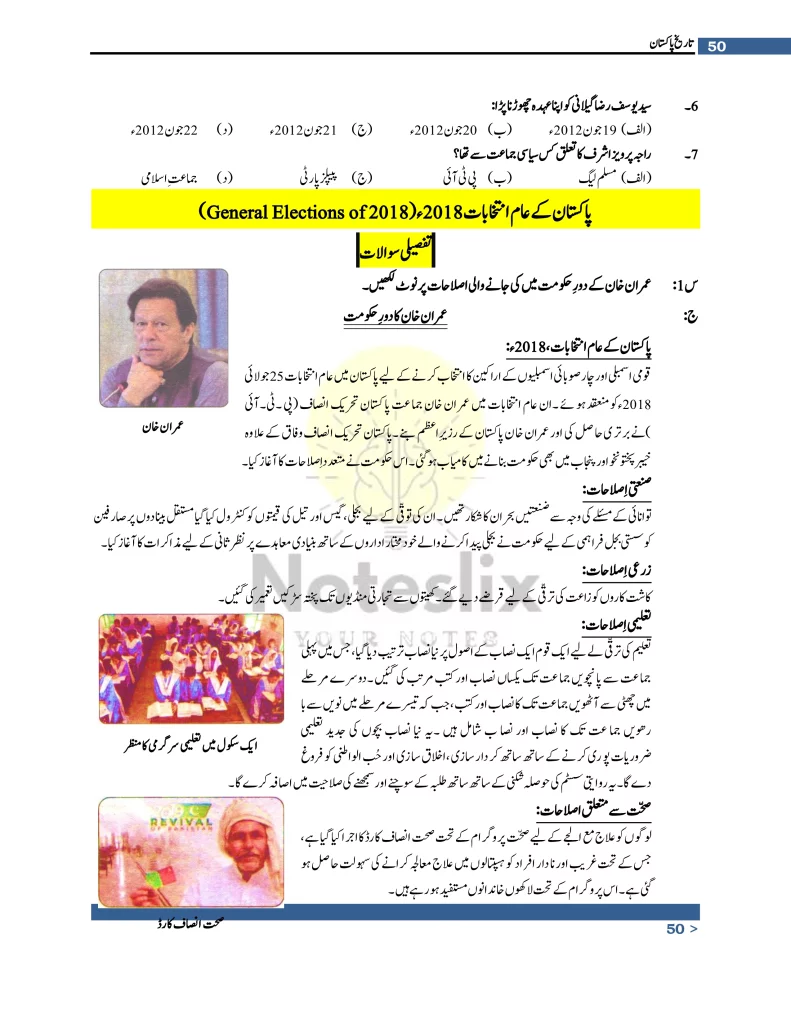
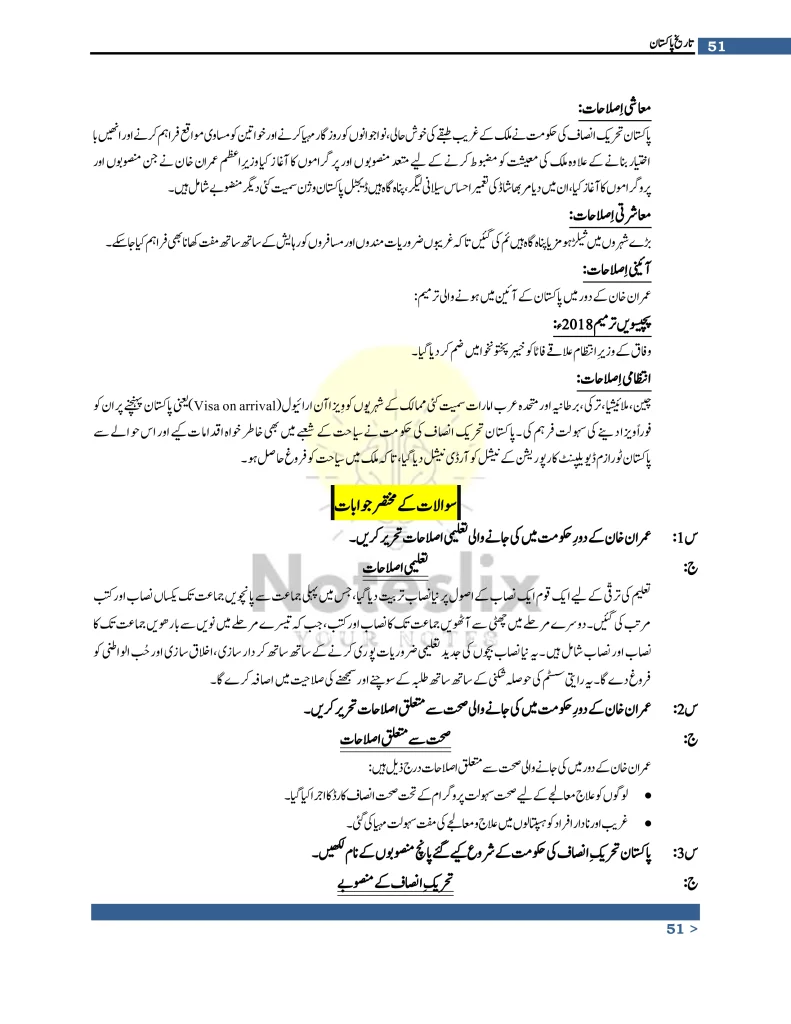
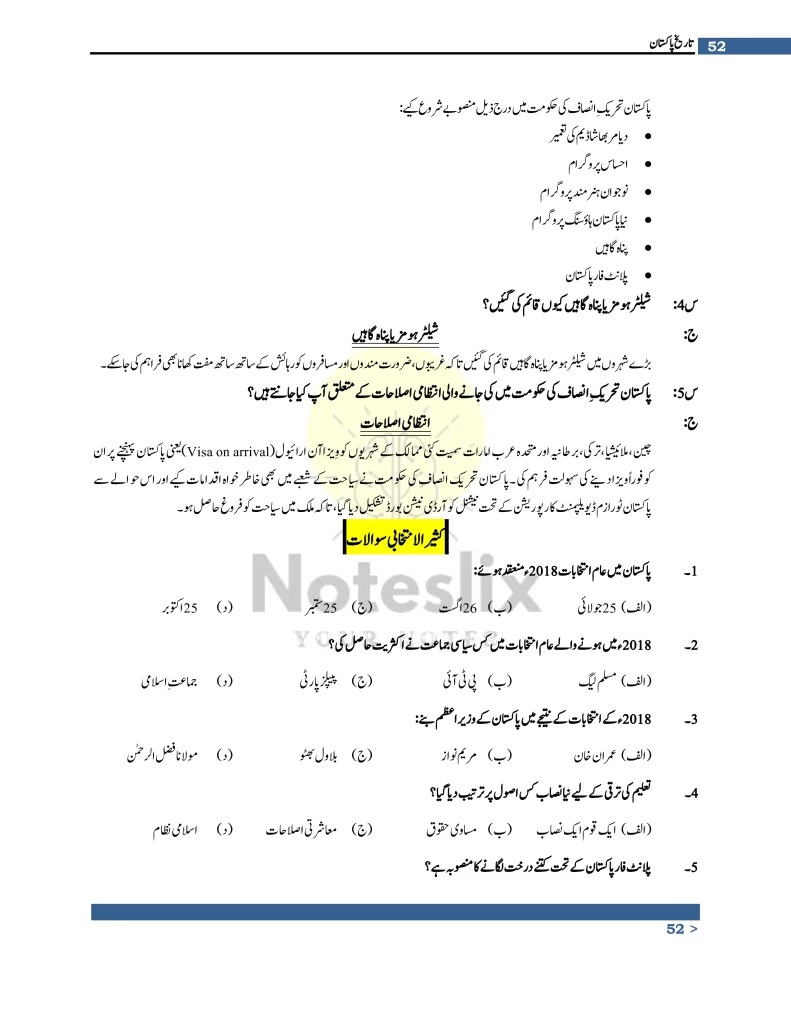
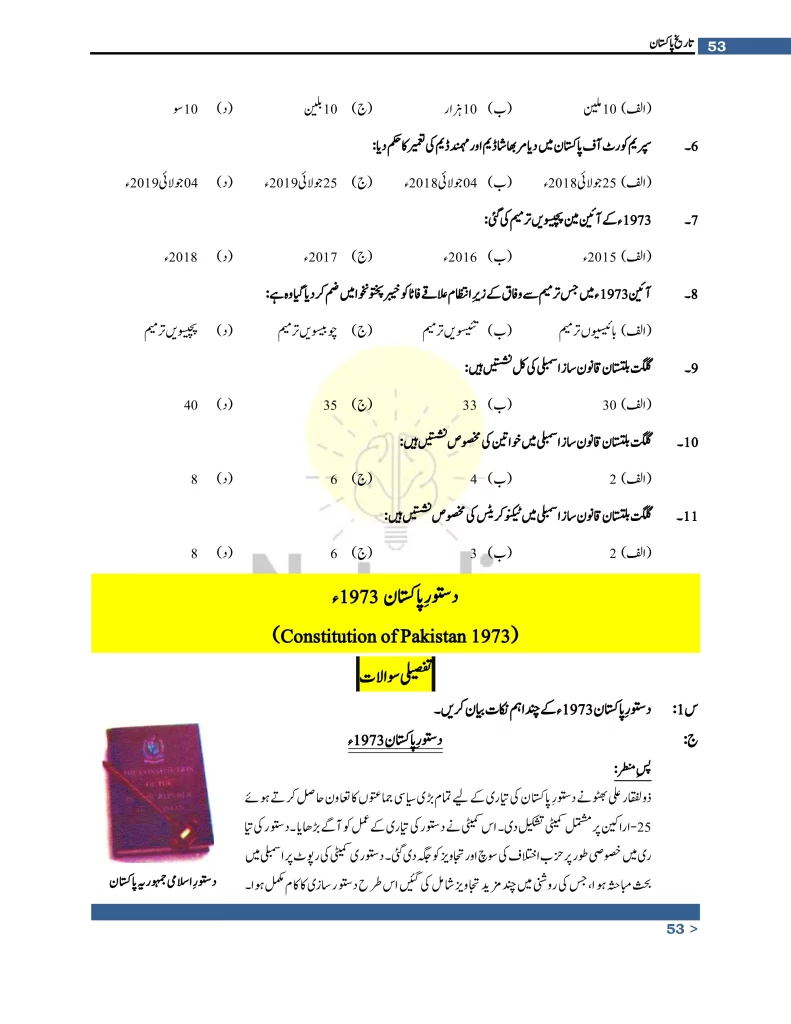




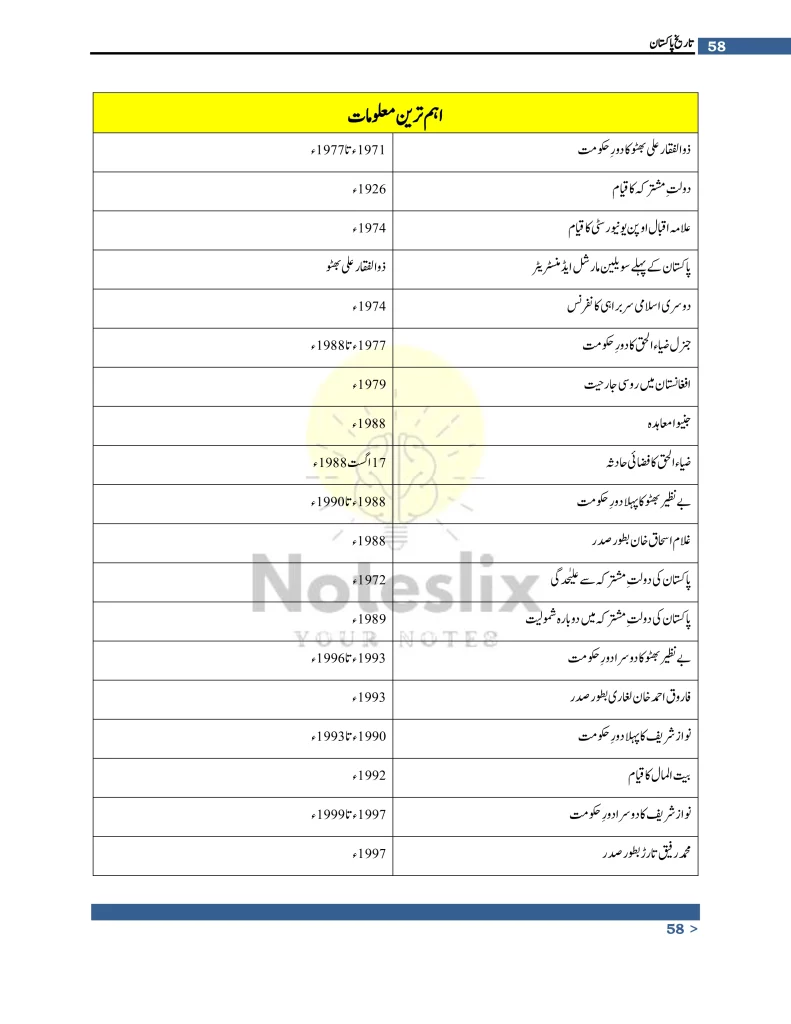

![[PDF] 10th Class Pak Studies Chapter 5 Handwritten Notes (Urdu) Punjab Board](https://noteslix.pk/wp-content/uploads/2024/02/aae1ca6e-9532-4971-839e-67da6d9aa6e5-0059-1-791x1024.webp)
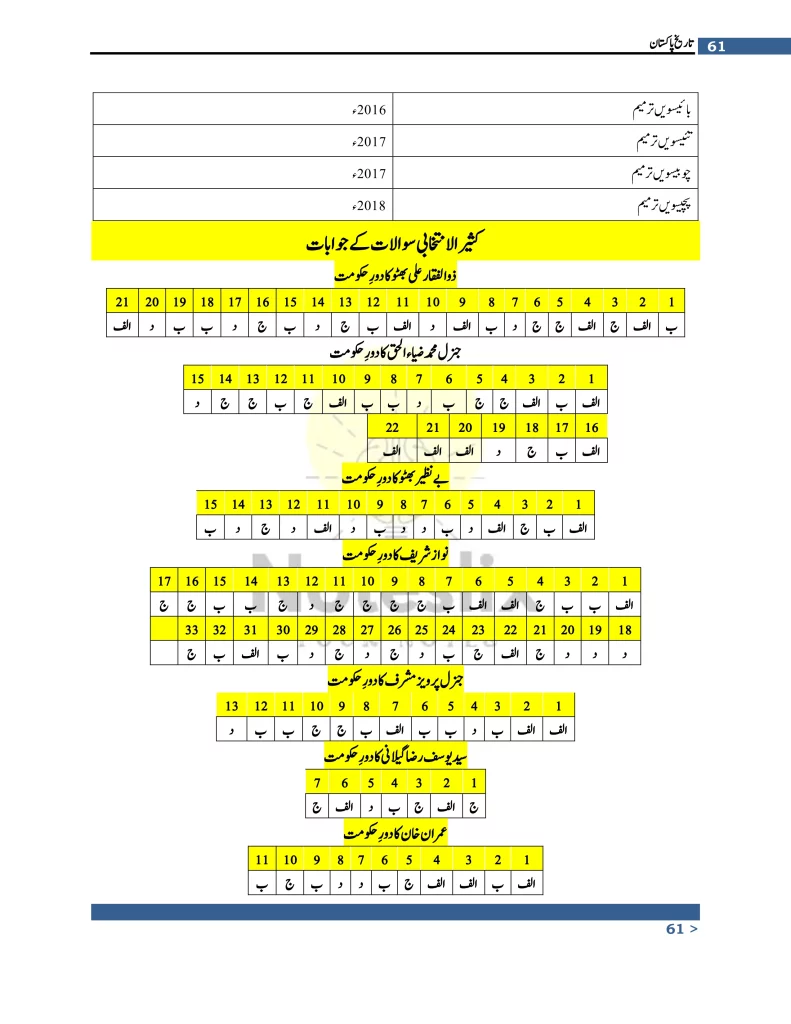

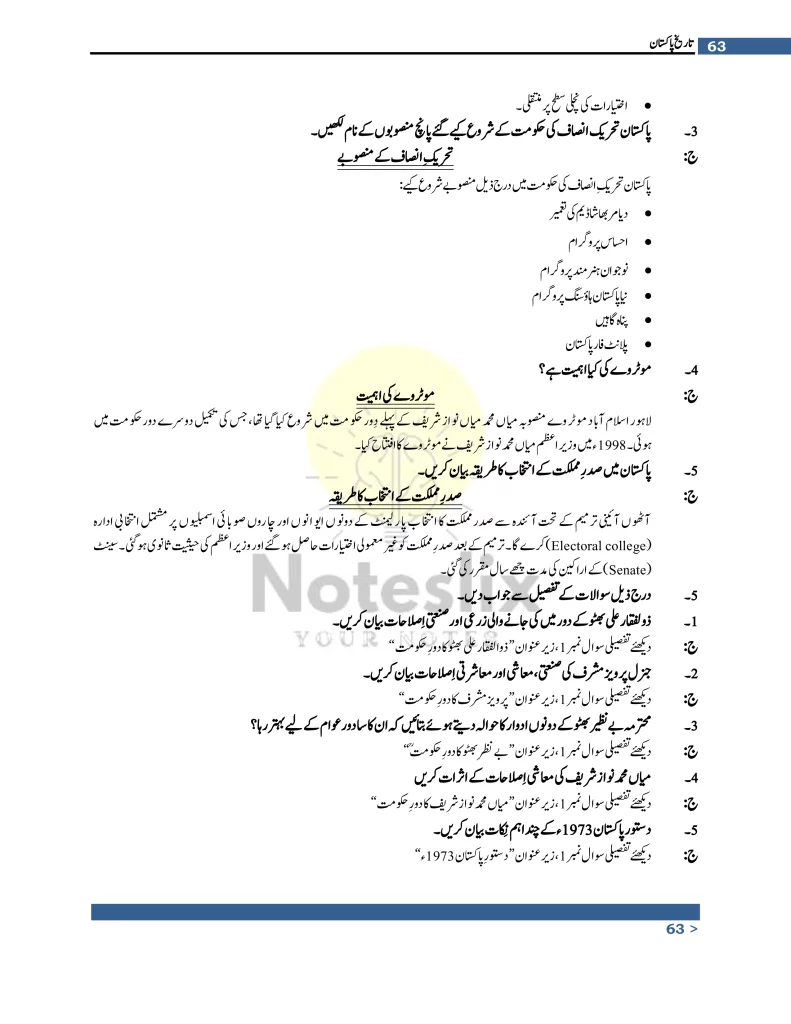


Related Post
- Class 10 Chapter 6 Pakistan Studies Solved Notes in Urdu
- Class 10 Chapter 7 Pakistan Studies Solved Notes in Urdu
- Class 10 Chapter 8 Pakistan Studies Solved Notes in Urdu
- Past boards Paper of class 10 Pakistan Studies Punjab Board
Why do we study Pak studies?
Studying Pakistan Studies equips students with knowledge about their country’s past and present, enabling them to understand the dynamics that have shaped Pakistan’s society and state affairs.
It’s not just about memorizing dates and events; it’s about understanding the implications of those events and how they have influenced the country’s current state.
Chapter 5 Overview
Class 10 Chapter 5 Pakistan Studies solved notes in Urdu for Punjab Board is a pivotal chapter that covers a range of topics. Here’s a brief overview of what you can expect:
- History of Pakistan (1971 to present): This section provides a detailed account of Pakistan’s history from 1971 to the present day. It covers major historical events and their impact on the country’s development.
- Government of Pakistan: Learn about the structure and functioning of the government of Pakistan. This section covers the roles and responsibilities of different branches of the government.
- Economy of Pakistan: This section delves into the economic landscape of Pakistan, discussing its strengths, challenges, and future prospects.
- Social Issues in Pakistan: Gain insights into the various social issues prevalent in Pakistan and the measures taken to address them.
- Foreign Policy of Pakistan: Understand the principles guiding Pakistan’s foreign policy and its relations with other countries.
- Culture of Pakistan: Explore the rich and diverse culture of Pakistan, including its traditions, festivals, art, and literature.
History of Pakistan (1971–present)
Now we will explore the history of Pakistan from 1971 to the present. This period in Pakistan’s history is marked by significant events that have shaped the nation’s trajectory.
Post-1971 Era
After the separation of East Pakistan in 1971, the country faced numerous challenges. The government had to deal with the aftermath of the war, the rehabilitation of refugees, and the task of nation-building.
Democratic Transitions
Pakistan’s political landscape has seen several transitions between military and civilian rule. Despite the challenges, these transitions signify the resilience of Pakistan’s democratic institutions.
Economic Developments
Pakistan’s economy has experienced periods of growth and recession. The country has made strides in sectors like agriculture, textiles, and IT, but also faces challenges such as inflation and unemployment.
Social Changes
The post-1971 era has seen significant social changes in Pakistan. The society has become more urbanized, and there has been a rise in literacy rates. However, issues like gender inequality and poverty remain.
Foreign Policy Shifts
Pakistan’s foreign policy has evolved over the years, reflecting changes in the global political landscape. The country has maintained strategic alliances, while also fostering relations with new partners.
Cultural Evolution
Pakistan’s culture has flourished in the post-1971 era. The country has produced notable works in literature, music, and art, reflecting its rich cultural heritage.
Government of Pakistan
Understanding the government structure of Pakistan is crucial for comprehending the political dynamics of the country. Now we will discuss the various branches of the government and their roles and responsibilities.
The Executive Branch
The executive branch of Pakistan’s government is headed by the President, who is the ceremonial head of state, and the Prime Minister, who is the head of government.
The executive branch is responsible for implementing laws and running the day-to-day affairs of the country.
The Legislative Branch
The legislative branch, also known as the Parliament, is responsible for making laws. It consists of two houses: the Senate (Upper House) and the National Assembly (Lower House).
The Judicial Branch
The judicial branch interprets the constitution and laws of Pakistan. It is headed by the Chief Justice of Pakistan and includes other courts such as the Supreme Court, High Courts, and lower courts.
Provincial Governments
Pakistan is divided into four provinces, each with its own provincial government. These governments have powers over certain areas as defined by the Constitution.
Economy of Pakistan
The economy of Pakistan, the world’s 24th largest in terms of purchasing power parity, is semi-industrialized, with sectors such as textiles, food processing, pharmaceuticals, construction materials, shrimp, and auto manufacturing driving growth.
Agriculture
Agriculture plays a vital role in Pakistan’s economy. It is the primary source of livelihood for the majority of the population and constitutes a significant portion of the country’s GDP.
Industry
The industrial sector forms a cornerstone of Pakistan’s economy. Textiles are the most significant industry, but other sectors, including food processing, pharmaceuticals, construction materials, and auto manufacturing, also contribute significantly.
Services
The services sector has seen rapid growth in recent years. It includes areas like telecommunications, software development, and financial services.
Economic Challenges
Despite its potential, Pakistan’s economy faces several challenges, including inflation, unemployment, and a large informal economy.
Economic Prospects
Pakistan’s economy has shown resilience and has the potential for high growth rates. Investments in sectors like IT and renewable energy, improvements in security, and economic reforms can drive future growth.
Social Issues in Pakistan
Pakistan, like any other country, grapples with several social issues that affect its population’s quality of life. Now we will discuss some of the major social issues prevalent in Pakistan.
Education
Despite progress, Pakistan still faces challenges in its education sector. Issues include a high dropout rate, gender disparity in education, and a lack of quality education in rural areas.
Health
Healthcare in Pakistan faces numerous challenges, including inadequate public health infrastructure, a high burden of disease, and a lack of affordable healthcare services for the poor.
Gender Inequality
Gender inequality is a significant social issue in Pakistan. Women face discrimination in various forms, including limited access to education, healthcare, and employment opportunities.
Poverty
Despite economic growth, poverty remains a pressing issue in Pakistan. A significant portion of the population lives below the poverty line, struggling to meet their basic needs.
Unemployment
Unemployment, particularly among the youth, is a major social issue. The lack of job opportunities contributes to economic instability and social unrest.
Foreign Policy of Pakistan
Pakistan’s foreign policy has evolved over the years, reflecting changes in the global political landscape. Now we will explore the principles guiding Pakistan’s foreign policy and its relations with other countries.
Guiding Principles
Pakistan’s foreign policy is guided by its national interests, including security, economic prosperity, and the promotion of its cultural and ideological values.
Relations with Neighboring Countries
Pakistan’s relations with its neighboring countries, particularly India and Afghanistan, have been complex and marked by periods of both tension and cooperation.
Relations with Major Powers
Pakistan has maintained strategic alliances with major powers like the United States and China, while also fostering relations with new partners.
Role in International Organizations
Pakistan plays an active role in international organizations like the United Nations and the Organization of Islamic Cooperation, advocating for issues like peace, security, and development.
Culture of Pakistan
Pakistan’s culture is rich and diverse, reflecting its historical, geographical, and ethnic diversity. Now we will explore various aspects of Pakistani culture.
Languages
Pakistan is a linguistically diverse country with several languages spoken across its regions. Urdu is the national language, while English is widely used in business and education.
Literature
Pakistani literature, written in languages like Urdu, English, Punjabi, Sindhi, Pashto, Balochi, and others, is rich and varied. It reflects the country’s history, traditions, and social issues.
Music
Music is an integral part of Pakistani culture. It ranges from traditional forms like Qawwali and Ghazal to modern genres like pop and rock.
Art
Pakistani art, which includes visual arts, performing arts, and crafts, is a blend of indigenous and foreign influences. It reflects the country’s history, traditions, and contemporary issues.
Cuisine
Pakistani cuisine is known for its rich flavors and diverse regional dishes. It includes a variety of meat dishes, vegetarian fare, sweets, and beverages.
Conclusion
We hope this comprehensive guide on the Class 10 Chapter 5 Pakistan Studies solved notes in the Urdu syllabus for the Punjab Board has been helpful. We’ve covered a range of topics, from the history of Pakistan to its government, economy, social issues, foreign policy, and culture.
Remember, understanding these topics is not just about passing your exams; it’s about understanding the dynamics that have shaped Pakistan’s society and state affairs.
FAQs
What is the importance of studying Pakistan Studies?
Studying Pakistan Studies equips students with knowledge about their country’s past and present, enabling them to understand the dynamics that have shaped Pakistan’s society and state affairs.
What are the major sectors of Pakistan’s economy?
The major sectors of Pakistan’s economy include agriculture, industry, and services.
What are some of the social issues prevalent in Pakistan?
Some of the major social issues in Pakistan include education, health, gender inequality, poverty, and unemployment.
What are the guiding principles of Pakistan’s foreign policy?
Pakistan’s foreign policy is guided by its national interests, including security, economic prosperity, and the promotion of its cultural and ideological values.
What are the key aspects of Pakistani culture?
Key aspects of Pakistani culture include languages, literature, music, art, and cuisine.